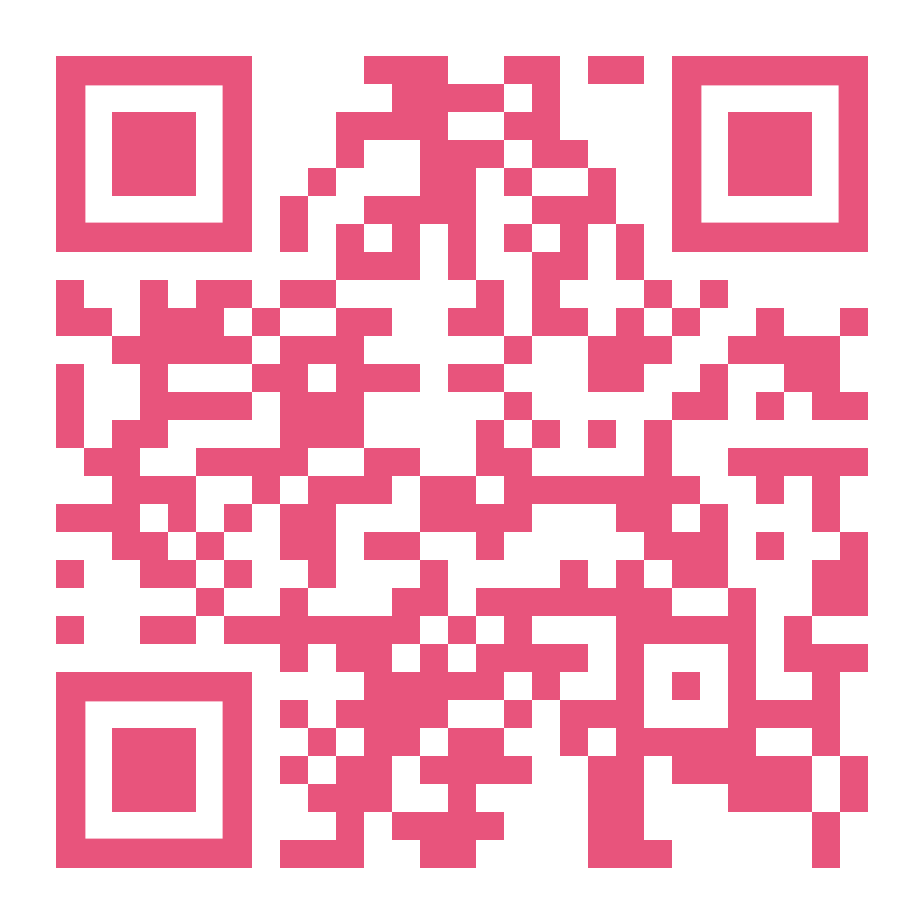Extentio: Artistic Human-Machine Collaboration
Abstract
The present work reports on the development of the custom Artificial Intelligence software Extentio, a digital extension of an artistic intelligence. The research considered the historical debates of machine intelligence and creativity, as proposed at different moments by names like René Descartes, Ada Lovelace, Alan Turing, John Searle, and Margaret Boden. It also observed the state-of-the-art developments of Machine Learning with Deep Neural Networks, including Generative Adversarial Networks, one of the most rewarding techniques to explore latent spaces of image datasets and generate high quality, unpredictable output. Since the beginning of the Artificial Intelligence field, artists have been experimenting with these technologies, proposing deviant states, and redefining their regular usage and meaning, creating new ways to conceive and perceive art. Whether a machine can replace the artist or not, this question led many artists to pose important discussions around the possibilities and limits of translating artistic knowledge to machine language, amplifying the comprehension of human creativity itself. Although machine creativity is still a controverse topic nowadays, we believe that creativity is simply an attribution that characterizes what humans subjectively judge as new, surprising, and valuable. In this sense, Artificial Intelligence might generate unpredictable results in the context of art production, but it is always a human task to judge these as valuable or not, while redirecting the technology according to human intentions. In the hands of artists, Artificial Intelligence models can propose new ways of creation, new aesthetics, new concepts, and questions. Extentio is being developed as practice-oriented research. The software generates automated portrait drawings through simulations of observation, tracing, and composition analysis. It uses a particular array of Computer Vision, Machine Learning and Artificial Intelligence techniques, such as Face Detection, Image Segmentation, Color Quantization, Edge Detection, Stochastic Cellular Automata among others. All these algorithms are continually adjusted to reflect the artist’s evolving intentions and to adapt to different environments and result expectations. Extentio is a digital machine that, while not creative by itself, can interfere in a creative process in many propositive ways, leading the artist to discover poetic values and new designs. The artist then directs the behavior of such system through experimental practice with code and data, in a relationship of mutual evolution. Extentio reflects the delicate wish of translating ambiguous, vague, and sensible notions from art to the imperative, deterministic and probabilistic languages of computing. As with any translation process, there are losses and gains, but the new meanings can reveal a particular path of artistic collaboration between humans and machines.

Copyright (c) 2021 Sergio José Venancio Júnior

This work is licensed under a Creative Commons Attribution 4.0 International License.
